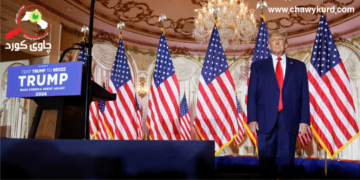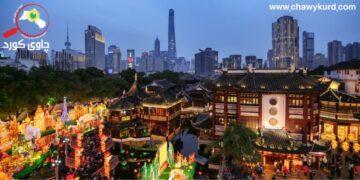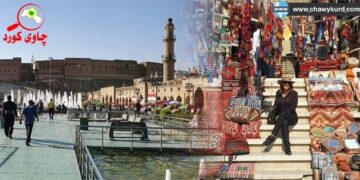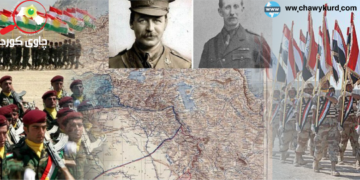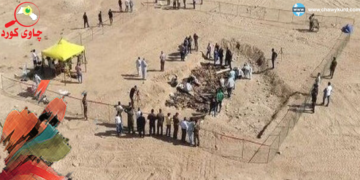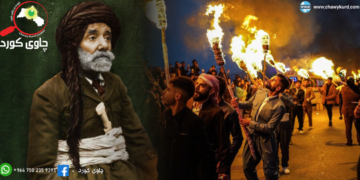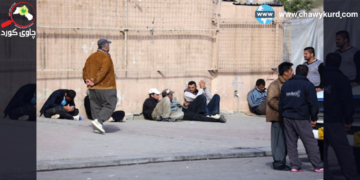The Gazirah Revolt, 1937-1938
Given the nature of the sources available, it would be dangerous to ascribe the Milli Kurds or any other tribal grouping a single, clear-cut political position in the chaotic aftermath of the war. British diplomats in 1919 claimed the Millis’ support for a Kurdish-Armenian emirate under British mandate; French officials, predictably, portrayed them as early and ardent supporters of French rule in Syria.36 The sons of Ibrahim Pasa in fact appear to have endorsed a petition demanding full independence for the Arab nation which the tribal leaders of the Gazirah sent to the King-Crane commission in Damascus in March 1919, and over the next years the Millis, much weakened as a result of the war, generally fell in behind the famous anti-French resistance leader Hacim (“Hachim” in local Bedouin dialect) ibn Muhid.37 Many of their tribal chiefs spent the years 1922 to 1925 in Turkey, though mainly to look after their landholdings rather than to fight the Kemalists. In the end, Mehmud Axa Milli had actually been one of several signatories against the Kurdish-Armenian emirate proposed by the British, partially perhaps because of the struggle that was ensuing with the Bedirxan family over leadership of the nascent national movement.38 The Millis also shunned contact with the Xwebun committee as well as Dashnak, their ties with the Armenian community notwithstanding, and only lent nominal support to the Agn Dag revolt. Mehmud Axa, according to one of the revolt’s principal architects, had been designated commander of operations in region four (around Viran?ehir), but failed, despite repeated promises and assurances, to move east ward to assist the main rebel forces during the critical summer of 1930. At the same time, as we have noted, Milli tribesmen in the Hayy al-Akrad were actively engaged in anti-French activities there. Insofar as the military option for recap turing Kurdish territory inside Turkey had been all but exhausted by 1930, the Millis in general avoided implication in the Bedirxan-led cultural and political initiatives with their internationalist orientation and instead concentrated on re building their traditional position inside Syria.
While the larger part of the Milli tribe eventually settled on the Syrian side of the border at Ra3s al-cAyn, it is paradoxically the re-founding of the city of Raqqa by the French authorities that really cemented the Millis’ role within republican Syrian society. Owing to their long presence in the region and especially their close association with several of the most prominent local bedouin groups, the Millis emerged as one of the leading notable families of the city. In deed they continue to wield influence in city politics today, even though (or rather, precisely because) they have been integrated to the point of no longer be ing considered ethnically distinct from the rest of the city’s still largely tribal population. In the town of QamislI too, which the French built in 1926 to ac commodate refugees from Turkey but which incorporated farmlands owned by the Millis, they enjoy a certain prominence to the present day.
This ambivalence of identity found early expression, or was perhaps even forged, in the separatist revolt that shook the Gazlrah in 1937-1938. The revolt was precipitated by France’s projected recognition of an independent Syrian national government, and it brought together the Gazirah’s Christian community and Kurdish chieftains such as Hajo Axa, for the most part recent arrivals from Turkey, in a call for regional autonomy under continuing French (or even Turkish!) protection.42 The revolt was initially endorsed by Mehmud Axa as well,43 but Milli support quickly evaporated after Christian leaders stepped up their agitation against the Damascus government and French forces bombed Kurdish vil lages in response to riots in QamislI. Again it is difficult to ascertain today how actively individual Milli tribe members were engaged in the conflict and when, but by late 1938 the revolt had become purely an affair of the Christian population seeking French guarantees against Muslim majority rule. As a group the Millis soon rallied to the National Bloc government and its local representatives in Raqqa and other parts of the Gazirah;44 unlike the Heverkans or the Bedirx ans, the Millis, Berazis and other Kurdish communities long established on Syr ian territory would also provide several key figures of national government and the military in independent Syria in the 1940’s and 1950’s.
Conclusion
The struggle for Kurdish self-determination and identity in Syria after WWI was multifarious. On the one hand, Syria served, under French auspices, as the center for an intellectual movement that decisively influenced Kurdish culture far beyond its borders and that established its authors as the leaders in exile of an in ternational effort to attain independent statehood. On the other hand, the res cue, or the construction, of a Kurdish civil identity from the wreck of the Otto man Empire in Syria was equally the work of a rural population that had long been associated with Arab (and Christian) elements in the region, that opposed French imperial designs in the name of private, parochial or local interests, and that became fully integrated into, but not wholly assimilated by, the modern Syrian state. This difference of approach was not a mere function of kinship ties. Members of the traditionally refractory Milli confederation actively supported French policies in the Gazirah when this met their purpose; by the same token, as we have seen, lesser-known members of the Bedirxan family represented the CUP or National Bloc regimes in Syria all the while preserving their Kurdish distinctiveness.
If nothing else, this diversity of experience suggests the need to better understand the historic backgrounds of Syria’s Kurdish communities. Ottoman ad ministrative documents in particular can provide an important corrective to local and tribal oral histories; where what passes for the authentic account of a lineage’s past has often been gleaned from older European travel reports, and many of the putatively autonomous tribal elites were in fact Ottoman government creations. The difficult transition from tribal chieftaincy to foreign tutelage to political emancipation has of course been characteristic not only of the Kurds, but of modern state formation in the Middle East in general. Bearing in mind the continued denial of the basic rights of citizenship to a significant pro portion of the Gazlrah’s Kurdish population in Syria since 1962, it merits re peating45 that not only the Kurdish presence, but indeed the very/constitution of Kurdish nationalism in its various forms is an intimate part of Syria’s history.











